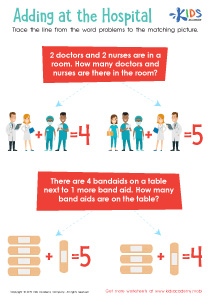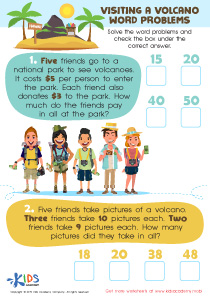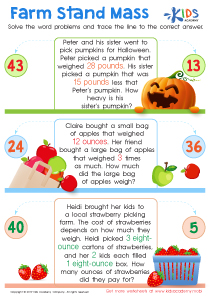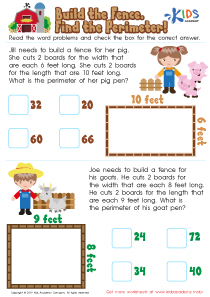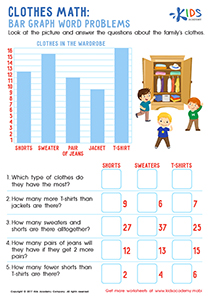Reading comprehension Normal Two-step Word Problems Worksheets for Ages 6-9
3 filtered results
-
From - To
Enhance your child's learning experience with our Reading Comprehension Normal Two-Step Word Problems Worksheets, specifically designed for ages 6-9. These engaging worksheets not only help young learners practice two-step word problems but also develop their reading comprehension skills essential for mastering math concepts. Each worksheet presents relatable scenarios, promoting critical thinking and problem-solving while making math enjoyable. Ideal for classroom use or homeschooling, these comprehensive resources encourage children to analyze and interpret information, reinforcing their understanding of math through focused reading. Start your child on a path of academic success by integrating these enriching worksheets into their learning routine today!
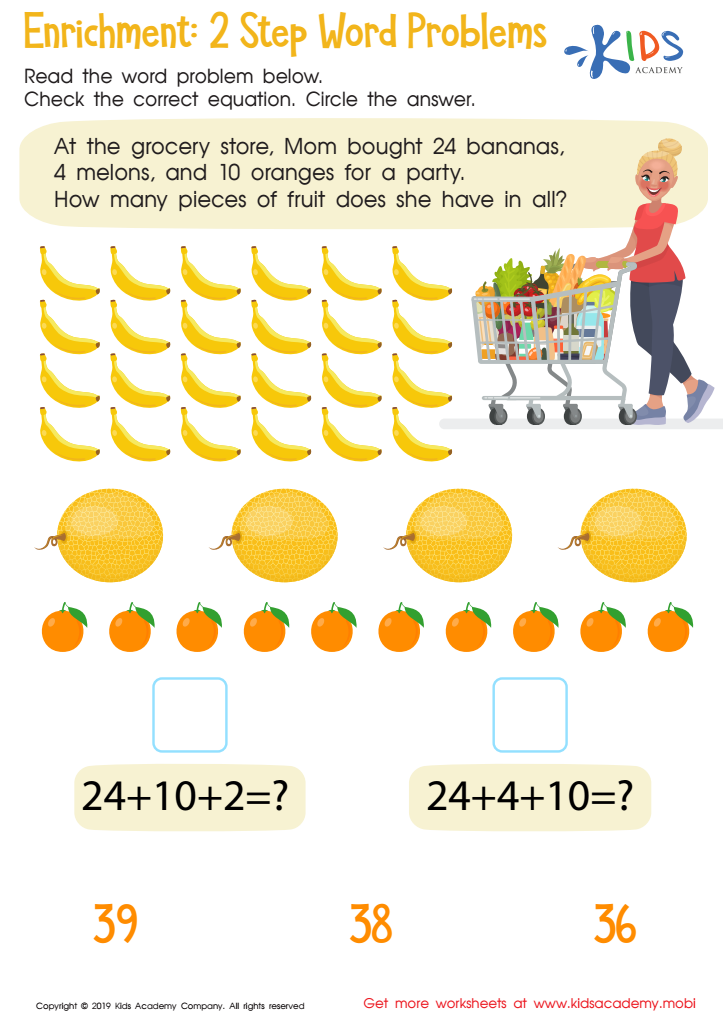

Enrichment -2 Step Word Problems Worksheet
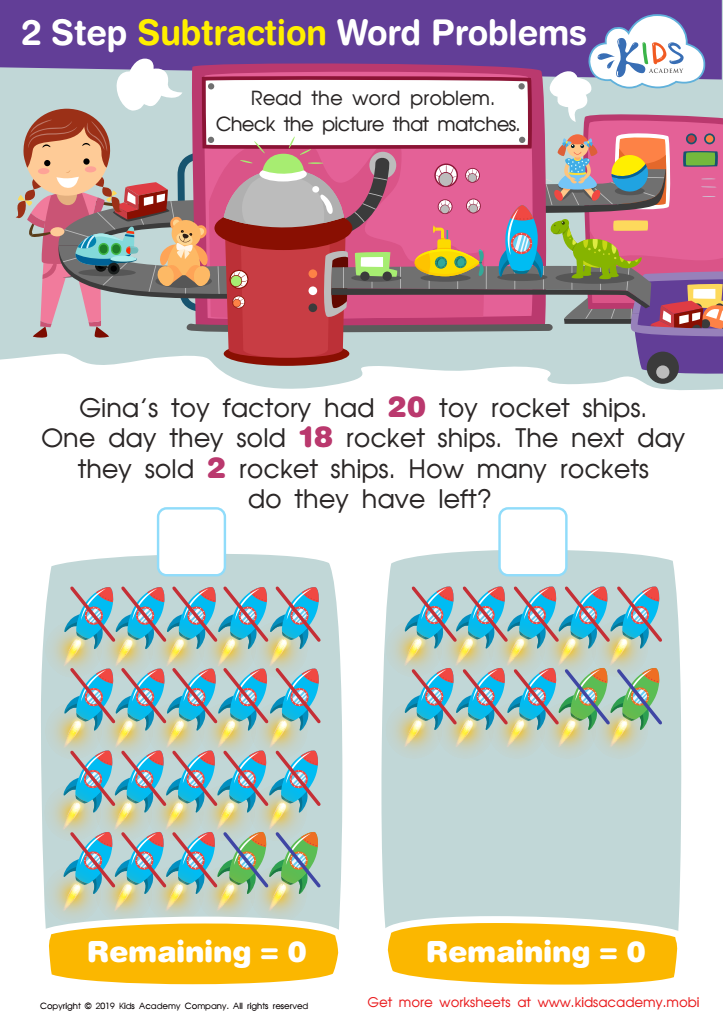

Step Subtraction Word Problems Worksheet
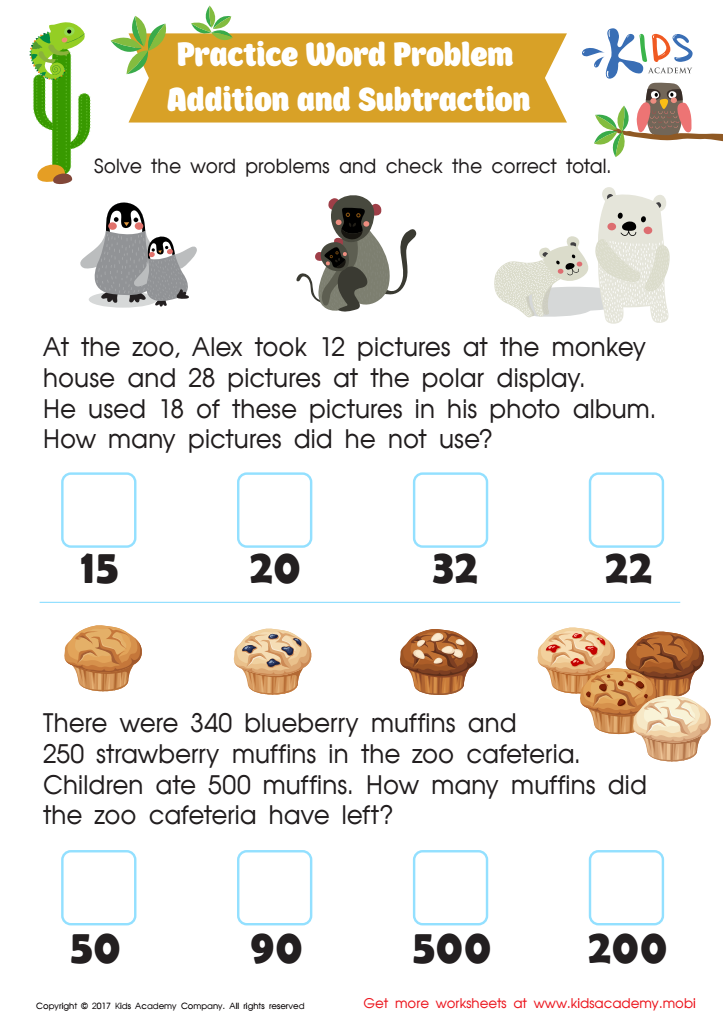

Addition and Subtraction: Word Problems Worksheet
Reading comprehension normal two-step word problems are crucial for children aged 6-9, as they encompass fundamental skills in reading, mathematics, and critical thinking. During this developmental stage, children learn to interpret texts, process information, and derive logical solutions, abilities that are essential across multiple subjects and real-life scenarios.
Engaging with these types of problems fosters a child's ability to extract relevant information from complex situations. By solving word problems that require two sequential operations, children enhance their capacity to analyze, synthesize, and apply knowledge creatively. It teaches them to break down multi-faceted problems into manageable steps while improving their overall mathematical skills.
Additionally, proficiency in reading comprehension directly impacts academic success and performance. When children struggle with understanding word problems, it can lead to frustration and a lack of confidence in their abilities. Strong comprehension skills contribute positively to self-esteem, encouraging a lifelong love for learning.
Moreover, in practical terms, teaching these skills equips children with tools they’ll need not only for more advanced education but also for handling everyday situations involving decision-making and problem-solving. Thus, parents and teachers should prioritize these exercises to cultivate well-rounded, capable learners.
 Assign to My Students
Assign to My Students



